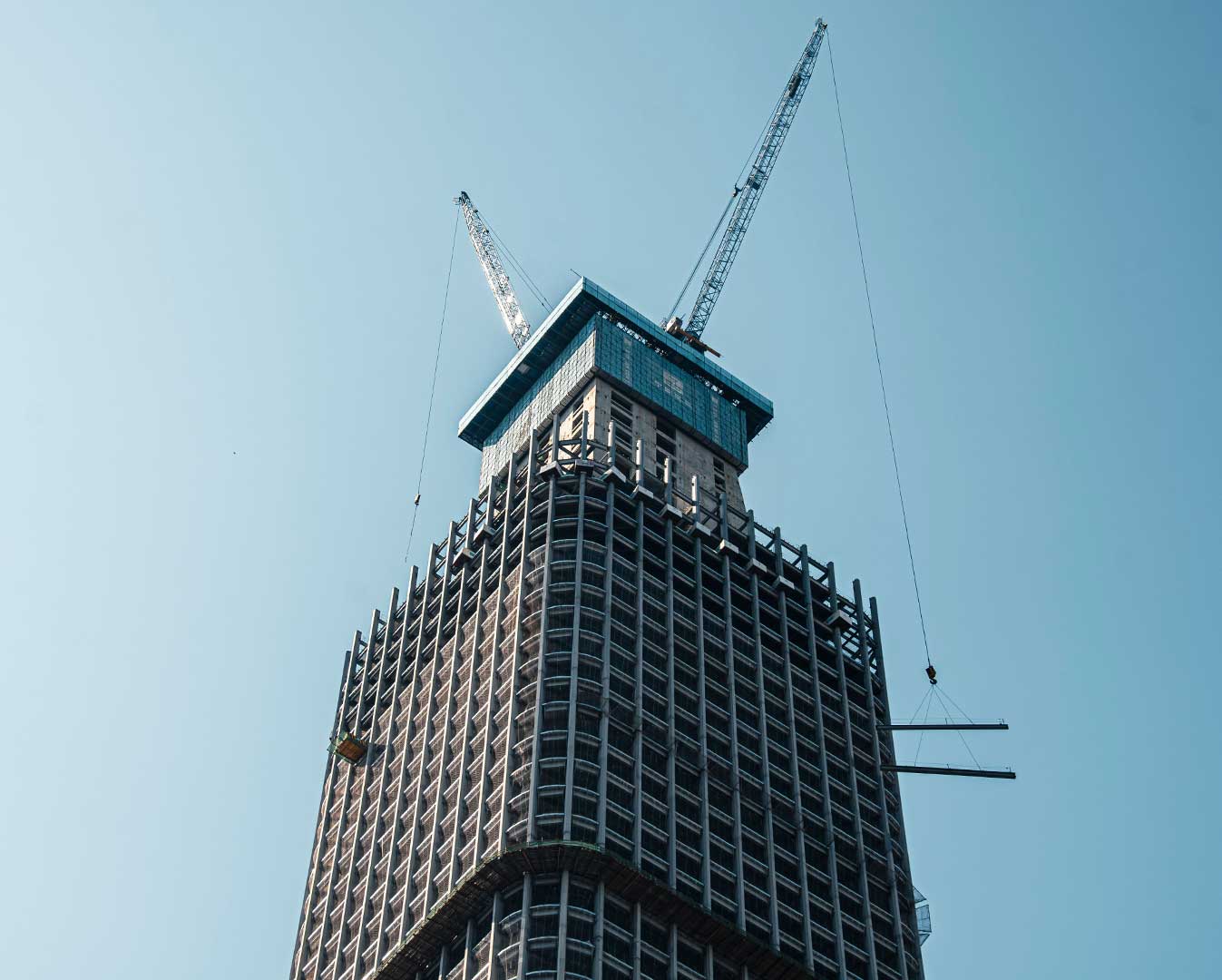Excavation is a crucial component of many construction, utility, and infrastructure projects. Traditionally, manual digging was the go-to method for excavation, but advancements in technology have introduced vacuum excavation as a safer, more efficient, and environmentally friendly alternative. At Waterford, we specialize in offering cutting-edge vacuum excavation services that surpass manual digging in safety, cost-efficiency, and precision.
In this article, we’ll delve into the key differences between vacuum excavation and manual digging, comparing their benefits, costs, and applications. By understanding the advantages of vacuum excavation, you can make informed decisions for your next project.
What Is Vacuum Excavation?
Vacuum excavation, also known as hydro or air excavation, is a non-destructive digging method that uses high-powered vacuums in combination with pressurized water or air to loosen soil and debris. The resulting slurry is then removed using a vacuum hose and stored in a debris tank for disposal or reuse. This technique is particularly effective in sensitive areas, such as utility installations or confined spaces.
At Waterford, we use state-of-the-art equipment to perform vacuum excavation with precision, ensuring minimal land disturbance and maximum safety for our clients.
What Is Manual Digging?
Manual digging involves the use of hand tools such as shovels and spades to excavate soil. While it is a time-tested method, manual digging has significant limitations, particularly in terms of speed, safety, and efficiency. It is often labor-intensive and prone to human error, which can lead to safety hazards and increased project timelines.
Although manual digging may seem more cost-effective for smaller projects, its drawbacks make it less suitable for larger or more complex excavation needs.
Vacuum Excavating vs. Manual Digging: A Detailed Comparison
1. Safety
Manual Digging:
Manual excavation can be dangerous, especially in confined spaces or areas with buried utilities. Workers are exposed to risks such as cave-ins, accidental utility strikes, and physical strain.
Vacuum Excavation:
Vacuum excavation significantly reduces safety risks. The non-destructive nature of this method minimizes the chance of damaging underground utilities. Additionally, it eliminates the need for workers to manually handle heavy tools or work in unstable soil conditions. This makes vacuum excavation the preferred choice for high-risk environments.
At Waterford, safety is our top priority. Our vacuum excavation services adhere to the highest safety standards, ensuring the well-being of workers and the surrounding environment.
2. Efficiency
Manual Digging:
Manual excavation is time-consuming and labor-intensive, often leading to longer project timelines. The slower pace can delay subsequent construction phases, impacting overall project efficiency.
Vacuum Excavation:
Vacuum excavation is significantly faster than manual digging. The use of powerful vacuums and pressurized air or water allows for rapid soil removal, even in complex conditions. This increased efficiency translates to shorter project durations and reduced labor costs.
By utilizing advanced vacuum excavation equipment, Waterford completes projects quickly without compromising quality or safety.
3. Precision
Manual Digging:
Precision is limited with manual digging, as workers may unintentionally remove more soil than necessary or damage underground utilities.
Vacuum Excavation:
Vacuum excavation is highly precise, making it ideal for projects that require minimal land disturbance. Its targeted approach ensures that only the necessary amount of soil is removed, preserving the surrounding environment and infrastructure.
Waterford’s vacuum excavation services are designed to deliver precision and accuracy, even in the most sensitive areas.
4. Cost Comparison
Manual Digging:
Manual digging may have lower upfront costs due to the minimal equipment required. However, longer project timelines and higher labor expenses can lead to increased overall costs.
Vacuum Excavation:
While vacuum excavation involves higher initial costs due to specialized equipment, its efficiency and reduced labor requirements make it more cost-effective in the long run. Projects are completed faster, leading to savings on labor and operational expenses.
At Waterford, we help clients understand the long-term cost benefits of vacuum excavation over manual digging, ensuring the best value for their investment.
5. Environmental Impact
Manual Digging:
Manual excavation can cause significant soil disruption, leading to erosion and environmental degradation.
Vacuum Excavation:
Vacuum excavation is an eco-friendly alternative that minimizes land disturbance and preserves topsoil integrity. It also reduces the risk of contaminating nearby ecosystems by safely storing and disposing of excavated materials.
Waterford’s commitment to sustainable excavation practices makes vacuum excavation an environmentally responsible choice.
Key Benefits of Vacuum Excavation Over Manual Digging
- Enhanced Safety: Reduces risks to workers and underground utilities.
- Greater Efficiency: Faster project completion with fewer delays.
- Precision and Control: Targets specific areas with minimal disruption.
- Cost-Effectiveness: Saves money through reduced labor and faster timelines.
- Eco-Friendly Practices: Minimizes environmental impact and preserves natural resources.
Applications of Vacuum Excavation
Vacuum excavation is versatile and can be used for a variety of projects, including:
- Utility Installations and Repairs: Safe digging around gas lines, water pipes, and electrical cables.
- Archaeological Digs: Precise excavation of fragile artifacts and historical sites.
- Environmental Remediation: Removal of contaminated soil without spreading pollutants.
- Construction Projects: Foundation preparation, trenching, and grading.
- Confined Space Excavation: Effective digging in tight or hard-to-reach areas.
Waterford’s expertise in vacuum excavation ensures success across diverse applications, regardless of project complexity.
Frequently Asked Questions About Vacuum Excavation
1. What are the safety benefits of vacuum excavation compared to manual digging?
Vacuum excavation eliminates the need for manual labor in hazardous conditions, reducing risks such as cave-ins, utility strikes, and physical injuries.
2. What equipment is used in vacuum excavation?
Vacuum excavation equipment includes high-powered vacuum trucks, pressurized air or water systems, and debris tanks for material storage.
3. Is vacuum excavation environmentally friendly?
Yes, vacuum excavation is an eco-friendly method that minimizes land disturbance, preserves topsoil integrity, and safely handles excavated materials.
4. What are the cost differences between vacuum excavation and manual digging?
While vacuum excavation has higher upfront costs, its efficiency and reduced labor requirements make it more cost-effective in the long term.
5. Can vacuum excavation be used for archaeological digs?
Absolutely. Vacuum excavation’s precision and non-destructive nature make it ideal for sensitive archaeological projects.
Why Choose Waterford for Vacuum Excavation?
At Waterford, we bring expertise, innovation, and commitment to every project. Here’s why clients trust us for their excavation needs:
- Advanced Technology: We use state-of-the-art vacuum excavation equipment to deliver precise and efficient results.
- Safety First: Our team prioritizes safety at every stage, ensuring projects are completed without risks.
- Eco-Friendly Practices: We integrate sustainable methods into our services to protect the environment.
- Tailored Solutions: Every project is unique, and we customize our approach to meet your specific requirements.
- Proven Track Record: With years of experience, Waterford is a trusted name in the excavation industry.
About Waterford
Waterford is a leading provider of professional excavation services, specializing in vacuum excavation and environmentally responsible methods. With a focus on precision, safety, and efficiency, we deliver high-quality solutions for projects of all sizes. Whether you need excavation for construction, utilities, or archaeological digs, Waterford’s team of experts ensures exceptional results every time.







